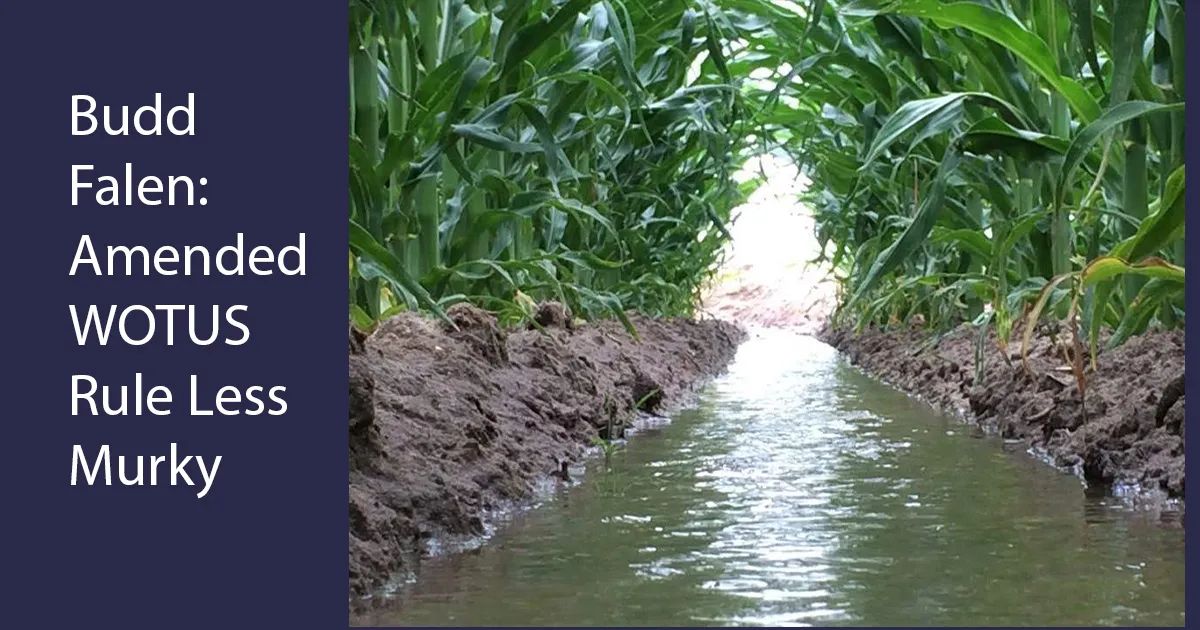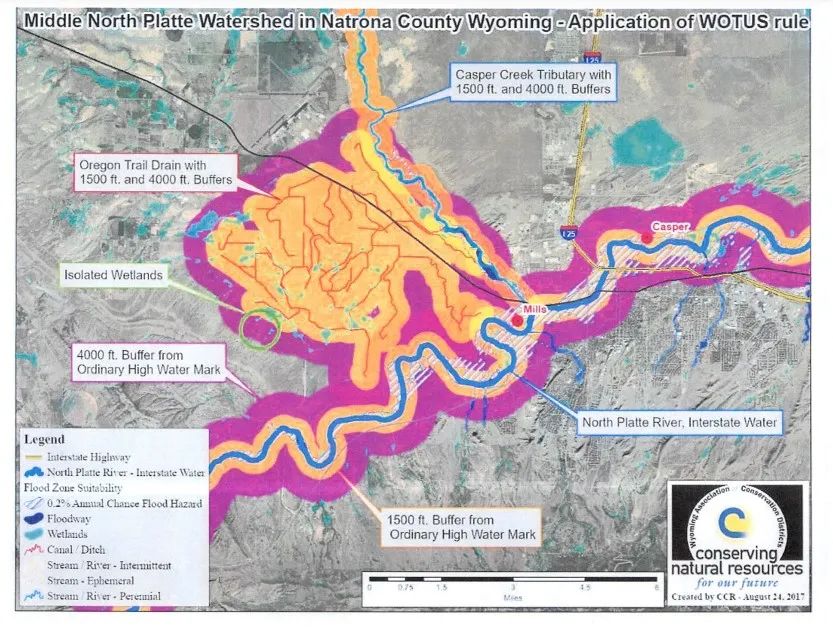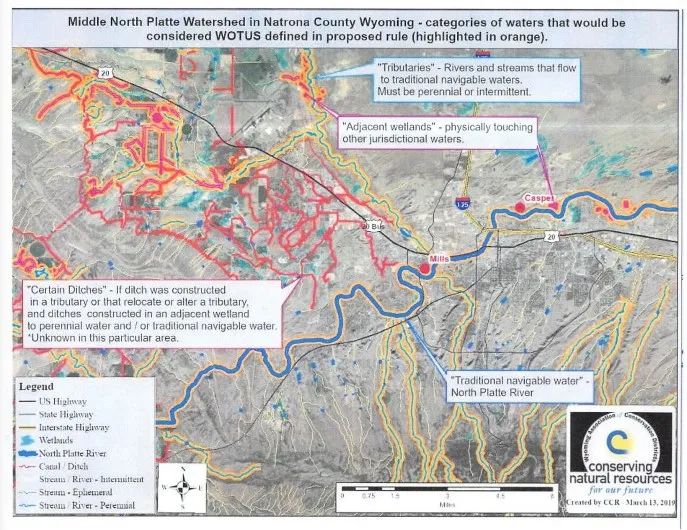
Budd Falen: Amended WOTUS rule less murky
WASHINGTON, D.C. — The U.S. Environmental Protection Agency (EPA) and the U.S. Department of the Army announced a final rule amending the 2023 definition of “waters of the United States” to conform with the recent Supreme Court decision in Sackett v. EPA. The amended final rule removes the significant nexus test from consideration when identifying tributaries and other waters as federally protected.
Wyoming attorney Karen Budd Falen said she’s pleased with the amended rule but anticipates additional litigation from environmental groups.

Budd Falen said the mention of significant nexus, originally added by Supreme Court Justice Antone Scalia in his opinion on the Rapanos v. United States case in 2006, was confusing as its definition is open to wide interpretation.
In Rapanos, the court’s decision concluded a case that began in 1989 when John Rapanos backfilled wetlands on a parcel of land in Michigan that he owned and sought to develop. According to the opinion, the property included a 54-acre parcel with sometimes saturated soil conditions though the nearest navigable waters were located 11 to 20 miles away. Regulators told Rapanos the saturated fields were waters of the United States that could not be filled without a permit. As a result of Rapanos, the test set forth by concurring Justice Anthony Kennedy has been used by most courts and agencies since 2006. However, circuits have followed different approaches regarding what amount of weight to give to Justice Kennedy’s test, as opposed to a competing, narrower test set forth by Scalia. Justice Kennedy’s test focused on whether the water in question had a “significant nexus” to traditional navigable waters. Justice Scalia’s test focused on “relatively permanent” waters connected to traditional navigable waters and those with a “continuous surface connection.”
The Ninth Circuit in Sackett upheld the U.S. Environmental Protection Agency’s finding that the wetland in question constituted a WOTUS and was subject to Clean Water Act regulation, based on the test set forth by Justice Kennedy in Rapanos v. United States.

The Supreme Court’s Decision in Sackett v. EPA, issued on May 25, 2023, created uncertainty for Clean Water Act implementation. The agencies are issuing this amendment to the 2023 rule expeditiously—three months after the Supreme Court decision—to provide clarity and a path forward consistent with the ruling. With this action, the Army Corps of Engineers will resume issuing all jurisdictional determinations. Because the sole purpose of this rule is to amend specific provisions of the 2023 Rule that are invalid under Sackett, the rule will take effect immediately.
“The court caused this giant problem, and so then the new conservative court had to fix the problem,” Budd Falen said. “I was thrilled with the fix.”
Budd Falen anticipates the rule will be challenged, and that challenge will be an inroad back to the Supreme Court. The Clean Water Act requires a permit to “dredge or fill” navigable waters. This rule, she said, dates back to the Rivers and Harbors Act in the early 1900s that prohibited the filling of navigable waters out of Congressional concern that states would dam rivers used for commerce between states. The 1970s ushered in industrial pollution of rivers and President Nixon under political pressure passed an amendment to the Rivers and Harbors Act as well as the Endangered Species Act. She said a complicated permit process unfolded giving life to the saying that any water that could float a single page of a Supreme Court opinion was navigable water. After Rapanos, puddles, irrigation ditches, and the like were added to the list until the push and pull of the actions of Presidents Obama and Trump and ultimately the Sackett v. EPA decision that resulted in this amended rule.
Editor's Note-
Top map- This Wyoming Association of Conservation Districts map illustrates the application of the WOTUS rule under the Obama administration.
Bottom map- This Wyoming Association of Conservation Districts map illustrates the application of the WOTUS rule under the Trump administration
Source: The Fence Post Magazine










